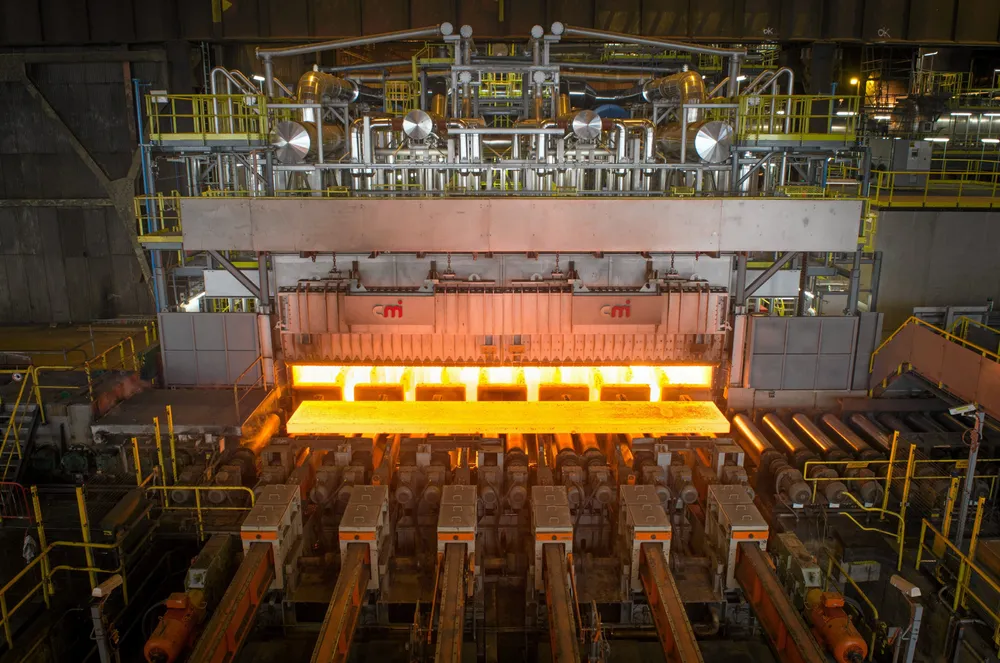ArcelorMittal hoovers up another €280m of subsidies for a 'green steel' plant that might never use green hydrogen
EU gives Belgium the green light to financially support project in Ghent, which aims to eventually switch from fossil gas to renewable H2
